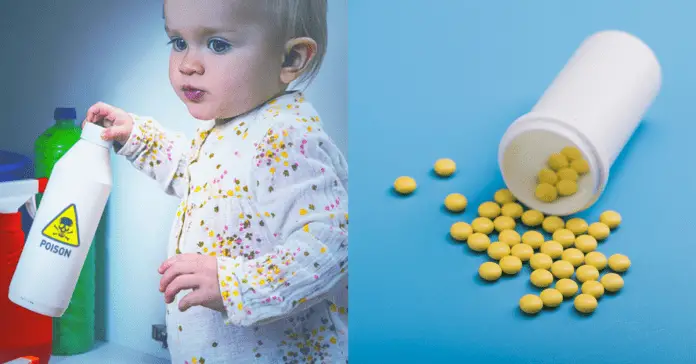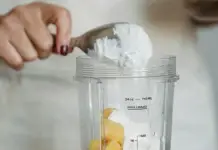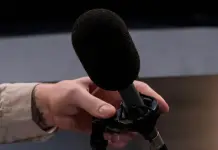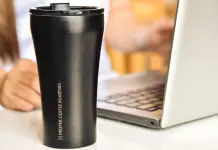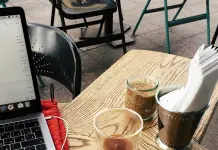With the recent need for children to bring hand sanitizers to school due to COVID-19, parents and teachers should also educate them to not drink it. Sometimes, as far fetched as it may seem, it might just be a dare from a friend. Besides educating them, teaching them how to use it properly (hand rub steps) is important to prevent alcohol poisoning as well. That said, poisoning is mostly accidental in children and can be due to multiple common household items. Every year, around 3 million children, most under the age of 5, swallow or have contact with poisonous substances! Therefore, it’s important to take extra precaution as children tend to be curious and “try” things out within their reach.
What Is Poisoning?
According to the World Health Organisation (WHO), “poisoning is when cells are injured or destroyed by the inhalation, ingestion, injection or absorption of a toxic substance”. There are many factors that affect the severity and outcome of poisoning, including the nature, dose, formulation and route of exposure of the poison; co-exposure to other poisons; state of nutrition of the child or fasting status; age and pre-existing health conditions.
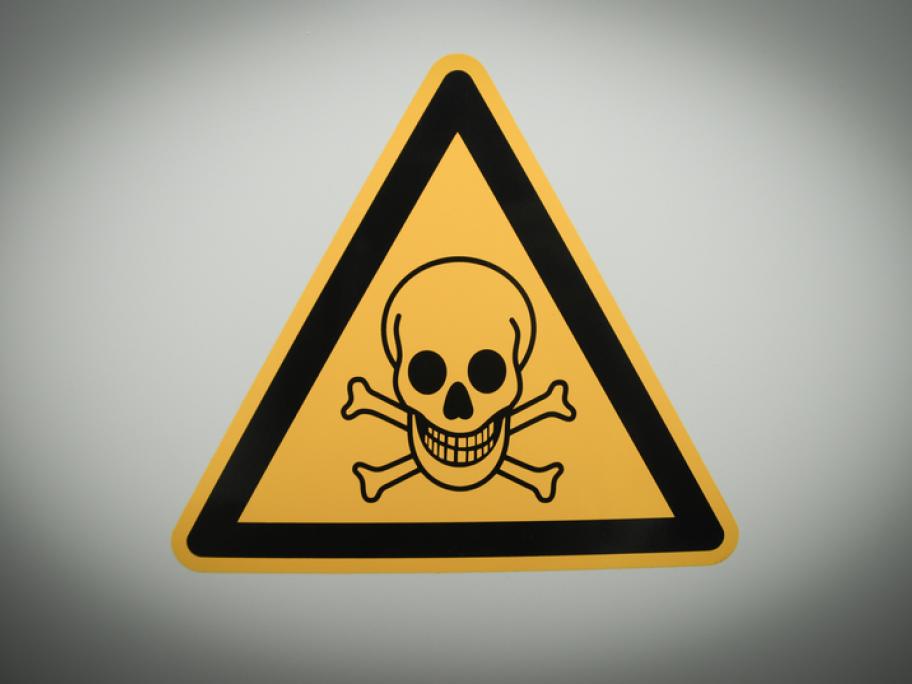
Potential Poisons
Everyday (household) objects that seem completely harmless to you could be poison to children. As aforementioned, children are inquisitive and curious, always wanting to “try” things out, including using their sense of taste. Here is a list of items that could be potential poisons:
- Medicine
- Cleaning products, detergents, personal care products
- Pesticide
- Antifreeze, furniture polish
- Windshield wiper fluid, liquid nicotine
- Gasoline, kerosene and lamp oil
- Poisonous household plants

Preventing Poisoning
Most cases of poisoning actually occur when adults are present, but not attentive to what the children are doing. To help prevent poisoning in children, these tips can help:
- Use safety latches for drawers and cupboards with potentially poisonous items
- Keep poisonous items out of reach for children
- Store all medications in containers with safety caps
- Always double check the dosage of medication and time of intake for children
- Do not place poisonous products in food containers
- Do not tell children that medicine is ‘candy’ or ‘sweets’ or anything synonymous
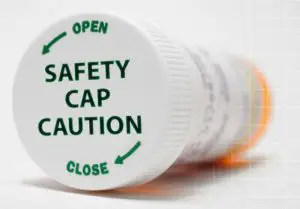
What If My Child Accidentally Ingested Something Poisonous?
In a worst case scenario where this happens, remain calm and follow these steps:
- If you catch your child swallowing something poisonous/dangerous, immediately have them spit it out. Do not force them to vomit it out.
- If the substance comes in contact with their eyes, flush it with water for at least 15 minutes.
- If they swallowed any form of battery, bring them to the Emergency unit in the hospital immediately. Batteries can react with the inner lining of the digestive tract. Read Doc2Us’ article on this here.
- If corrosive liquid or poison comes in contact with their skin, remove their clothes that came in contact with the substance and rinse their skin with lukewarm water for at least 15 minutes.
Of course, seek medical attention after taking these response steps to potential poisoning in your child, and always have emergency numbers ready. Being curious is how children play, learn and explore, and it is our responsibility to create a safe environment for them to do so. Tell them the “why”s behind the rules, and be extra vigilant when you bring your child out or when there is a change in environment. Another person’s house or the stores are potentially dangerous as things are everywhere, which creates opportunities for children to grasp potentially poisonous items to play with.

Download the Doc2Us app from Google Play Store or Apple Store and chat with a doctor now.
This article has been edited for length and clarity. Article courtesy of Doc2Us; click here for full article.


